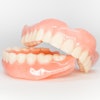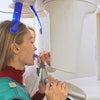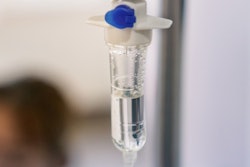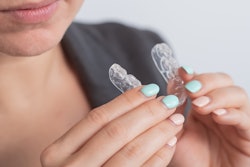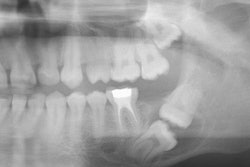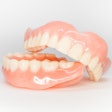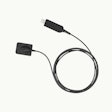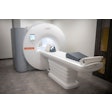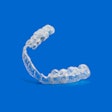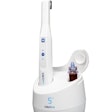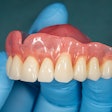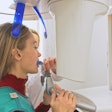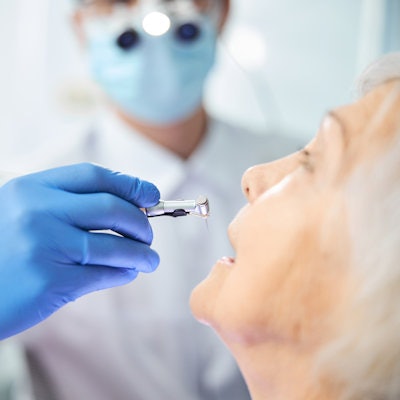
Imaging aided in the treatment of a woman who swallowed a dental bur while under sedation for a tooth extraction and placement of a dental implant, according to a case report published on September 17 in Clinical Advances in Periodontics.
An abdominal x-ray detected the bur, which detached from a handpiece during dental treatment. Since the bur did not expel on its own, likely due to the woman's redundant colon, a hereditary condition that makes a colon longer than average, it was retrieved successfully via a colonoscopy, the authors wrote.
"This case presents the proper management of the FBA (foreign body aspirations) and FBI (foreign body ingestions), particularly for IV sedated patients which require immediate action to mitigate and prevent serious complications," wrote the authors, led by Dr. Teresa Heck of the University of Michigan School of Dentistry in Ann Arbor.
A 72-year-old woman requiring a tooth extraction
In June 2021, the woman went to the periodontics department at the University of Michigan School of Dentistry for a tooth extraction and an immediate dental implant placement. Her vital signs were checked and were normal before she was administered intravenous conscious sedation with midazolam before the procedure, according to the report.
After the woman was sedated, a carbide bur accidentally detached from the handpiece and fell into the woman's oropharynx. Immediately, the patient coughed and was told to cough several more times in an attempt to expel the object, the authors wrote.
Despite thoroughly examining her oral cavity and the surrounding area, the bur was not found. Therefore, the procedure was stopped, and the patient was given intravenous flumazenil to reverse the sedative.
The woman was then taken to a nearby emergency room for chest and abdominal x-rays. The bur was detected on the abdominal x-ray. The woman was monitored for several days to see if she expelled the bur, they wrote.
At nine days after ingestion, the bur had not forced its way out. Clinicians believe this was likely due to the woman's redundant colon, a condition that causes extra twists and bends within the colon.
Consequently, the patient agreed to have the dental bur removed via colonoscopy. It was removed without incident. At a three-month follow-up visit, the woman reported no problems related to the incident, the authors wrote.
An ounce of prevention equals a pound of cure
During dental procedures, specifically those involving conscious sedation, clinicians must take extra safety precautions.
The authors noted risks can be mitigated by doing the following:
- Use throat packs or rubber dams to prevent foreign body aspiration and ingestion.
- Attach floss to appliances and objects, specifically implant guide pins and screwdrivers.
- Thoroughly isolate the oropharynx from the mouth using a barrier, such as a gauze pad or rubber dam, during procedures, including orthodontic appliance adjustment and screwing or cementing implant crowns.
- Confirm burs are connected to handpieces.
- Ensure short and extra short implants are connected by ligature to an implant handpiece.
"When FBA and FBI do occur, prompt referral for emergency care increases the chance of successful foreign object retrieval with minimal complication," Heck and colleagues wrote.

